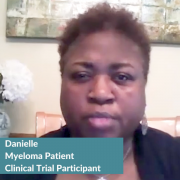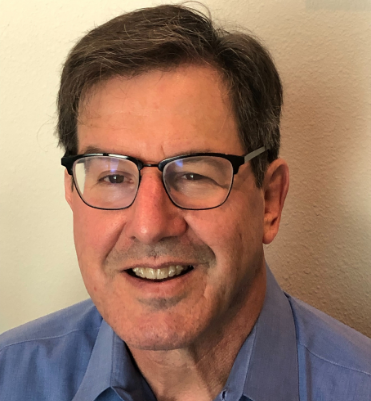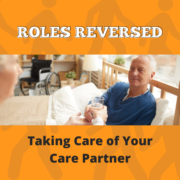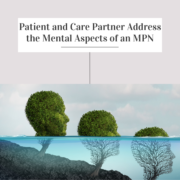My Self-Advocacy Journey With Ultra High-Risk Multiple Myeloma
My Self Advocacy Journey with Ultra High-Risk Multiple Myeloma from Patient Empowerment Network on Vimeo.
Multiple myeloma patient Lori shares her journey to diagnosis and treatment. Watch as she explains the varied symptoms that she experienced, the benefits of a second opinion and clinical trials, and her advice to other patients.
Related Resources:

|

|

|
Transcript:
Lori:
My name is Lori, I’m from Portland, Oregon. I was diagnosed at age 60 in June 2019 with ultra high-risk multiple myeloma. The road to my diagnosis was long and regrettably all too common.
I have always been very healthy and active. I believe my healthy history clouded my doctor’s ability to connect my symptoms to anything serious.
My journey started with chronic fatigue and needing extra sleep. Then came horrible headaches followed by shoulder and back pain, frequent infections that didn’t clear with antibiotics, and severe nose bleeds.
In May 2019, I had my annual exam that included a blood draw. I later learned I was tested for diabetes and cholesterol but none of the basic blood panels that flag abnormal values. I went into my exam with my laundry list of issues, but was given a clean bill of health.
Four weeks after this exam I was traveling in Kenya on a safari. I felt very sick during the trip, but I assumed I had picked up something on the long flight. When I returned home I could barely get out of bed. I collapsed in the middle of a dinner with some doctor friends who insisted I go to the ER where they held me overnight to perform additional testing. They discovered severe anemia and that my basic blood panels hadn’t been ordered for a number of years. I continued to think it was some odd African bug until the doctors arrived the next day to share the suspected diagnosis of multiple myeloma. I was in shock and very afraid.
I sought a second opinion and I was extremely fortunate to begin my treatment at Seattle Cancer Care Alliance. In July 2019, I was started on KRD induction therapy. Our journey was further rocked when our insurance declined coverage for carfilzomib, which was nearly $20,000 for two infusions each week. The insurer insisted I fail on the standard treatment before I could be approved. I knew from reading how essential the first line of therapy is. With Seattle Cancer Care Alliance’s help, I was finally approved due to my high-risk status. However, it took months to finally receive approval, and I had to take care of stressful, expensive bills while also completing my treatment.
Treatment was exhausting and required me to drive 3 hours each way each week from Portland to Seattle. We needed to spend at least one night each week in a hotel. By October 2019, a bone marrow biopsy analysis showed no myeloma cells. I was reminded of the spotty nature of myeloma and the limits of biopsy testing, but I was extremely encouraged.
At diagnosis, I was given a 20 percent chance of a 5-year survival. I am now 3 years post-diagnosis, and I am in remission.
Some of the things I have learned during my multiple myeloma journey are:
- Ask your primary care doctor what tests have been ordered and request a comprehensive blood panel if you suspect something is wrong and not being adequately addressed.
- Seek a second opinion at a cancer center that combines patient treatment and research.
- Clinical trials and new treatment combinations can be effective even for high-risk disease.
- Work with your doctors to get insurance approval for the protocols they recommend.
- Empower yourself by learning about treatment options and new therapies.
- Be encouraged that there are so many positive advancements happening in multiple myeloma.
These actions are key to staying on your path to empowerment.











